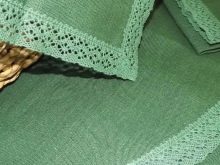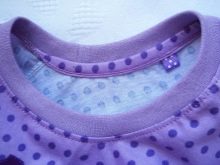Types and application of edging tape
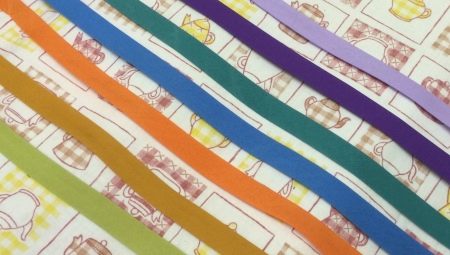
In the sewing business, you cannot do without an edging tape. With this multifunctional fabric component, you can trim a messy edge, reinforce a seam or protect the fabric from thread shedding.

Peculiarities
The edging tape is made of dense fabric that retains its shape well. Due to the complex interlacing of the threads, such a braid does not crumble at the cut points and does not stretch. With it, the seams become elastic, strong and neat. Finishing tape is used both in industrial production and in home sewing. It is indispensable for finishing curtains, tablecloths and potholders.
When working with an edging tape, a seamstress should stock up on a special foot for a sewing machine. This can be a snail foot or a ruled foot. The second is the most effective and convenient to use. It is a hemmer with a small transparent ruler. Thanks to the markings, it is not difficult to sew on the tape exactly. To do this, you need to adjust the position of the foot so that the braid lies very tightly and moves with effort, and the seam runs 1–2 mm from the edge.
In order not to spoil the work, it is better to practice in advance on the trial plot.
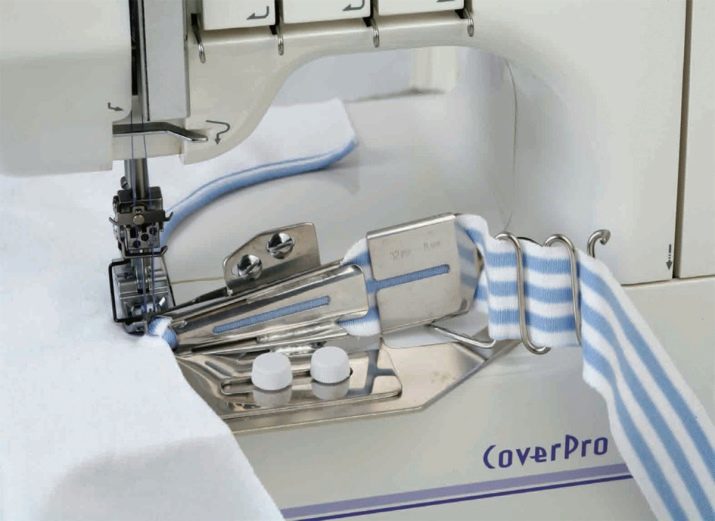
It is easier and faster to arrange cuts using purchased braid. However, if a suitable tape is not at hand, then you can make it yourself. To do this, you need to cut a long and narrow strip of fabric along the bias - an oblique inlay. It can be the same color as the main product or be contrasting. The width of the bias inlay is 3-4 centimeters.
It is sewn from several parts, cut at an angle of 45 degrees, and carefully ironed along the entire length, first bending in half, and then slicing inward to the fold.
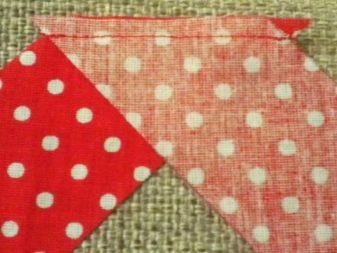
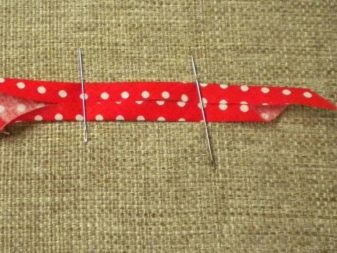
Types and sizes
The width of the standard tape varies from 16 to 40 mm. The most versatile and demanded among the craftswomen are tapes of 22, 25, 30 and 32 mm. These sizes are suitable for edging most products. The wider 40mm and 42mm tape is generally tighter and is used for edging rugs, mattresses and camping equipment.
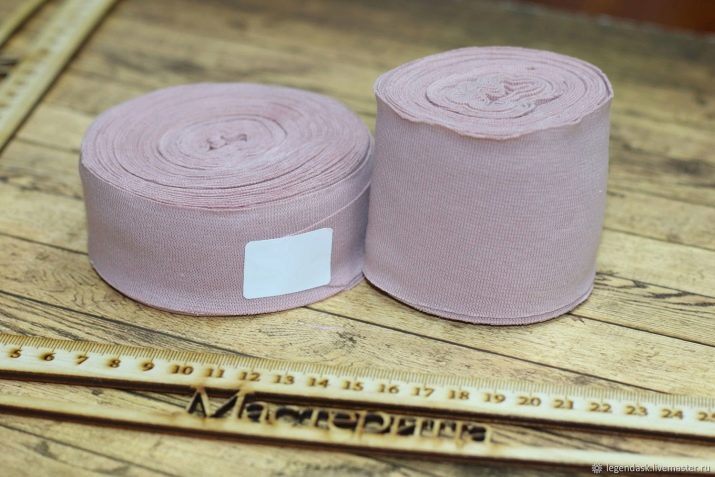
According to the material of manufacture, there are several types of edging tape.
Jersey
As the name implies, such an elastic tape is used for edging the edges of knitwear and for sewing stripes.

Leather
Bias binding made of leather is used for bags, backpacks and shoes.

Woolen
Knitted or woven thick tape, most often used for decorative purposes.
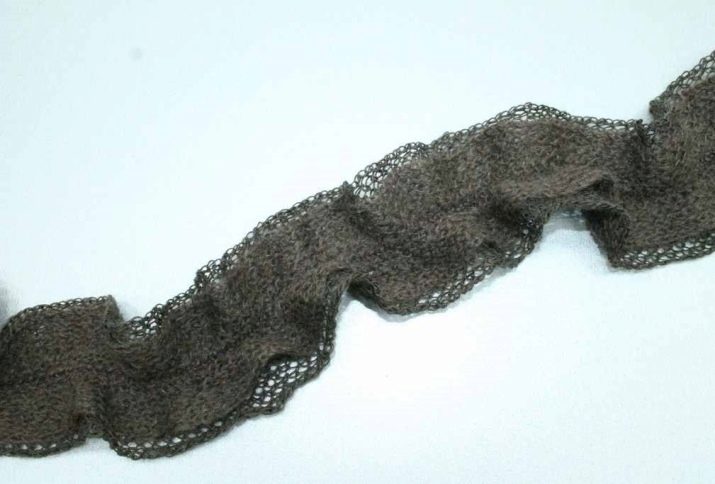
Polypropylene
Synthetic tape for universal use. Has a beautiful glossy shine and is resistant to fading.
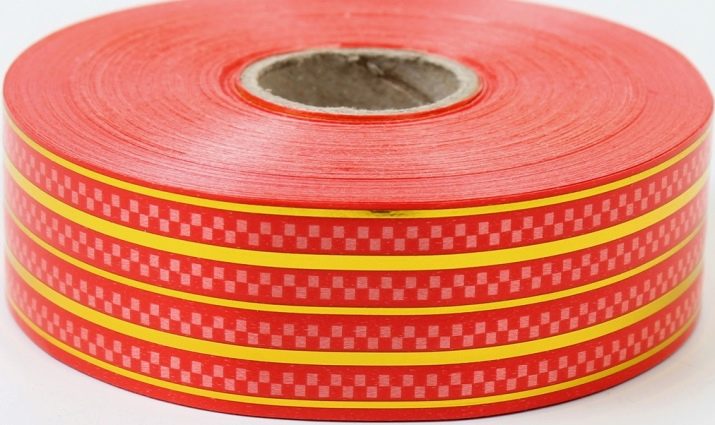
Belt
Due to its very dense twill weave, this tape is used for edging car mats, making belts and shoulder straps for bags.
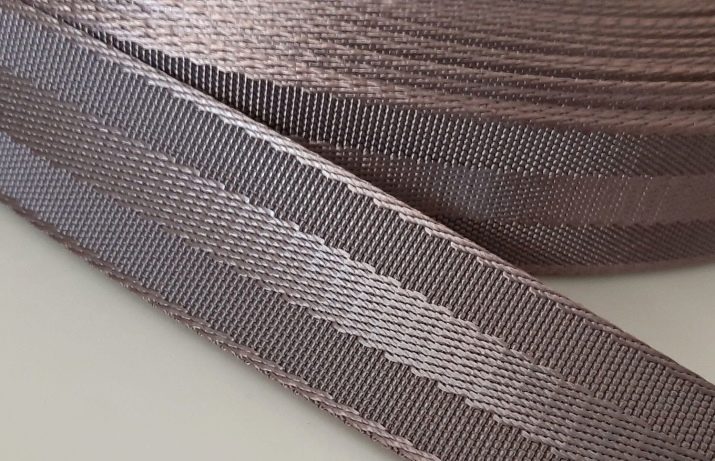
Decorative
Decorative ribbons can include fringes, lace, embroidery, and beading.
They not only mask the seams, but also give things an elegant look.
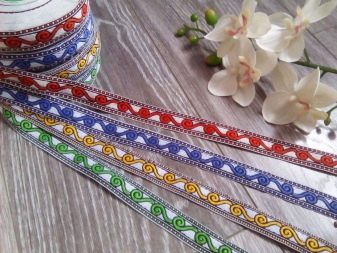
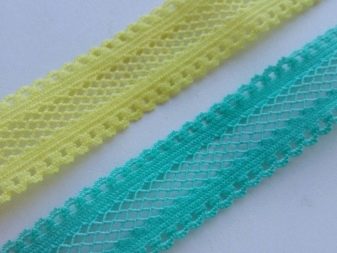
Linen
Rough, stiff braid that does not stretch and holds its shape perfectly. Typically used to further reinforce inner side seams.
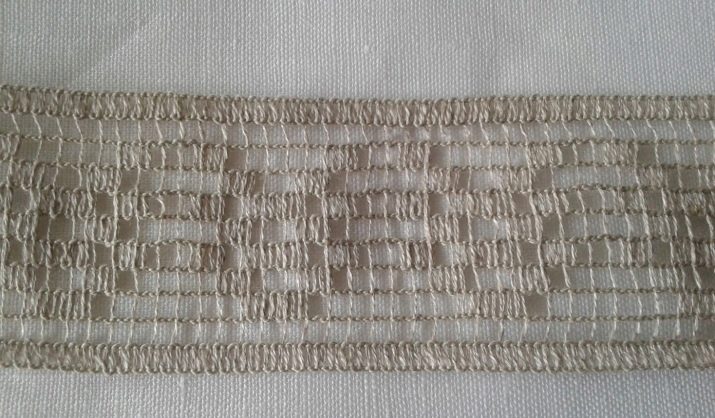
Cotton
The most popular and budget option. This tape is thin, but not very strong. It is most convenient to work with her.

Silk
It is used for finishing the edges of silk products and as a decoration, as well as a material for embroidery.
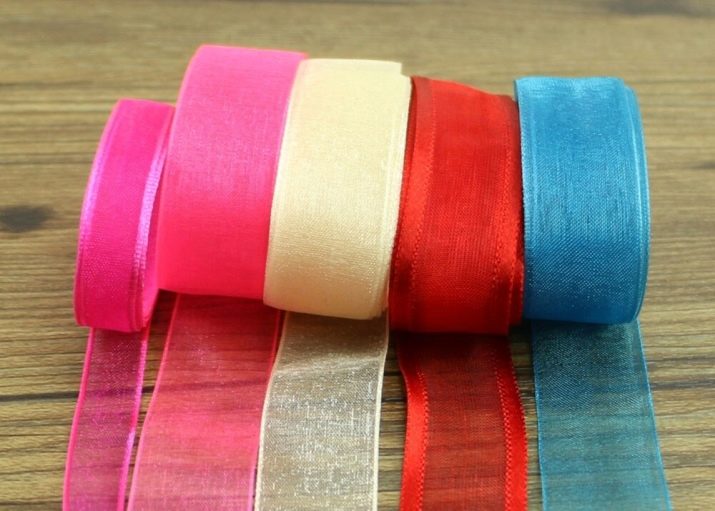
Velor
Velor ribbons are used to surround products made of velvety fabrics, and they are also used to make chokers, as well as bulky elastic bands for hair. This fabric has a fleecy surface and is very pleasant to the touch.

Regilinova
Technical rigid tape for reinforcing seams. It is actively used in sewing corsets, hats and petticoats for lush evening dresses.
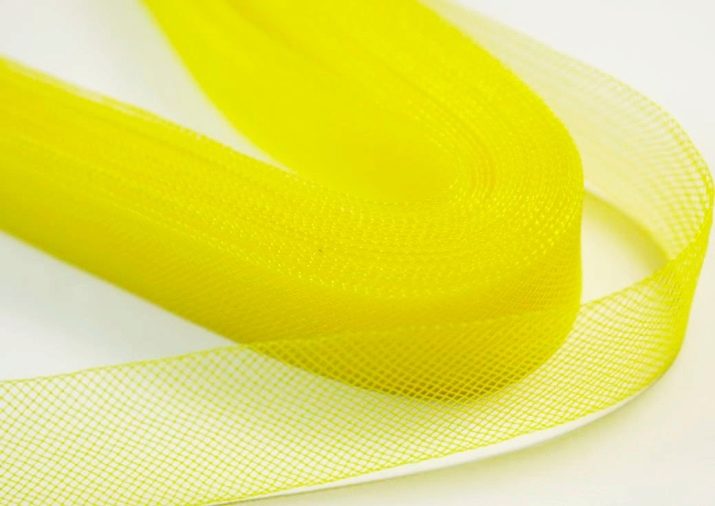
Mattress
Very wide - approx. 35 mm. With its help, the edges of mattresses, pillows and furniture covers are sheathed. Does not allow seams to come apart, increases the service life of things.
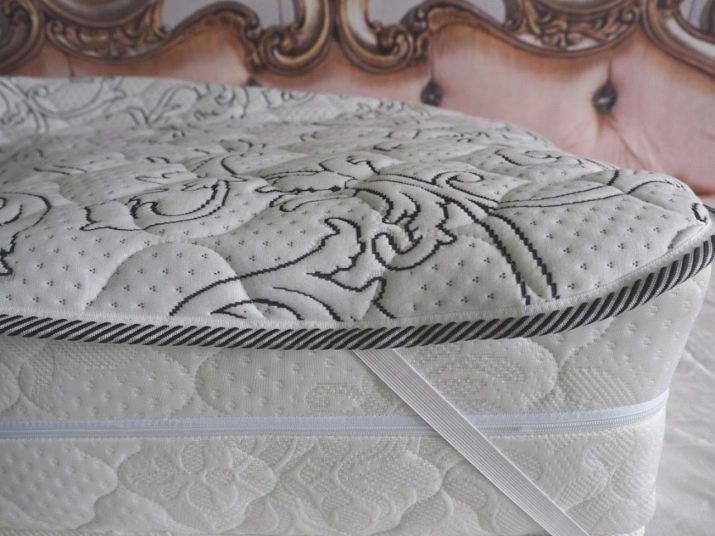
Lace
Used for decorative purposes and for sewing underwear.
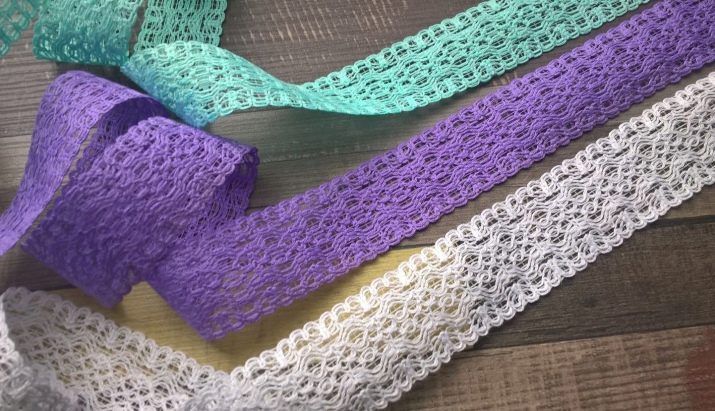
Jacquard
Such a ribbon with bright embroidery is usually used to decorate folk costumes.

Trouser
Used to hem the leg of the trousers to maintain their shape and prevent fraying.
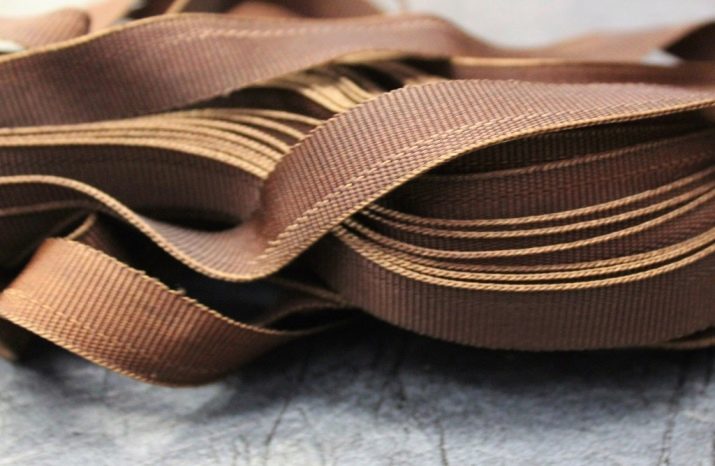
Kipernaya
Dense cotton tape, which is used to trim the seams of work and military uniforms, outerwear.
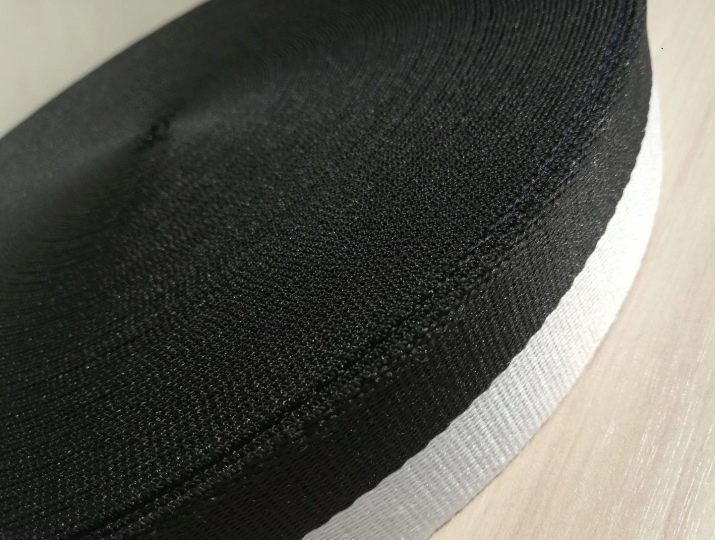
Wallpaper
It is used for decorative wall decoration.
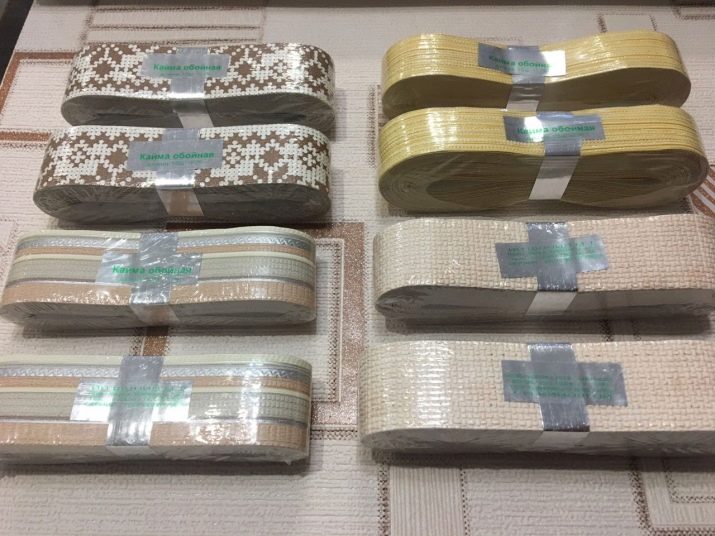
Non-woven
It is used to stabilize oblique and side seams, improves the shape of the product.
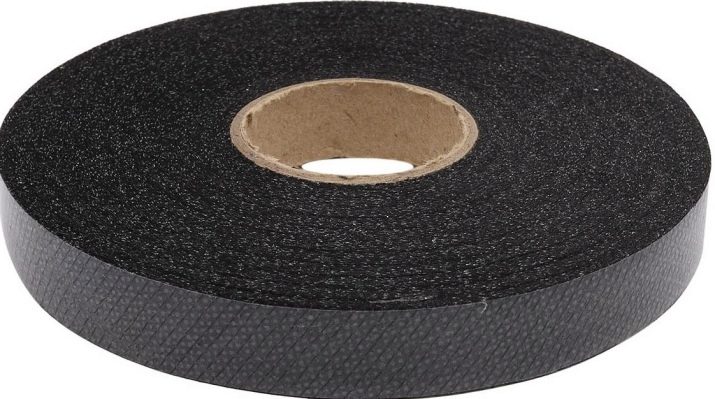
Perforated
With the help of such tapes, belts are sewn and cuts of dense fabrics are made, edging and slots are made.
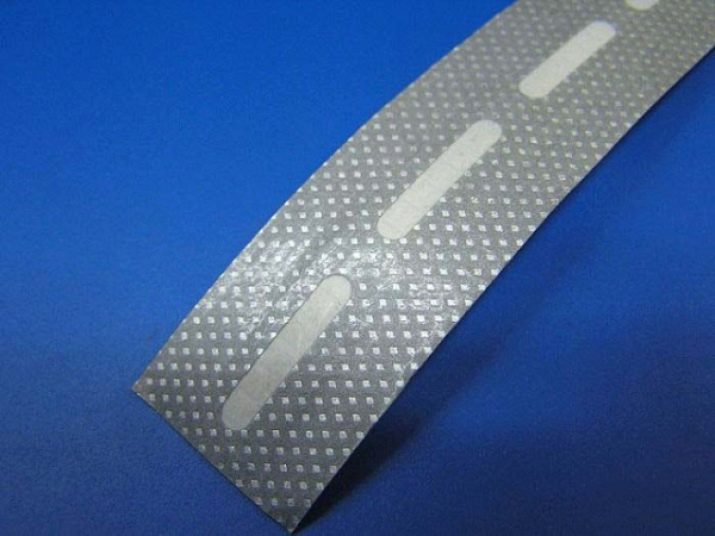
Reflective
A unique material with reflective properties. This braid is indispensable for athletes and tourists, and also allows pedestrians crossing the road in the dark to attract the attention of drivers.

Cobweb
The "Gossamer" adhesive tape is used to repair clothes. It is placed between two fabric cuts and ironed with a hot iron.
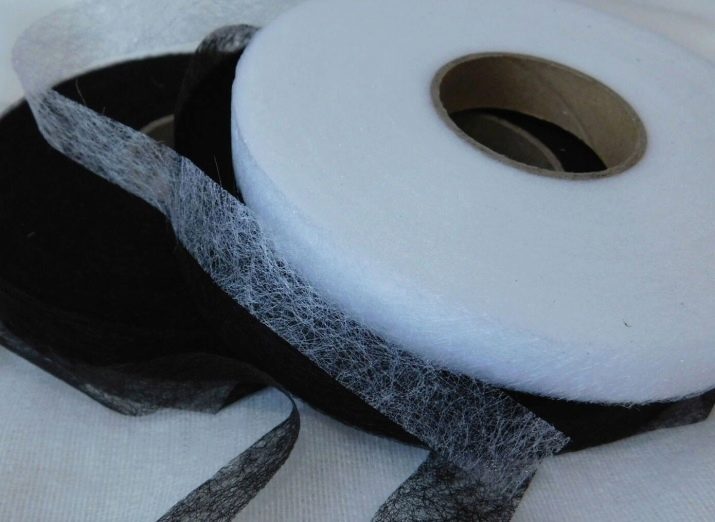
Glue
Adhesive tape protects the seams from stretching, strengthens the neck and armhole of the product.
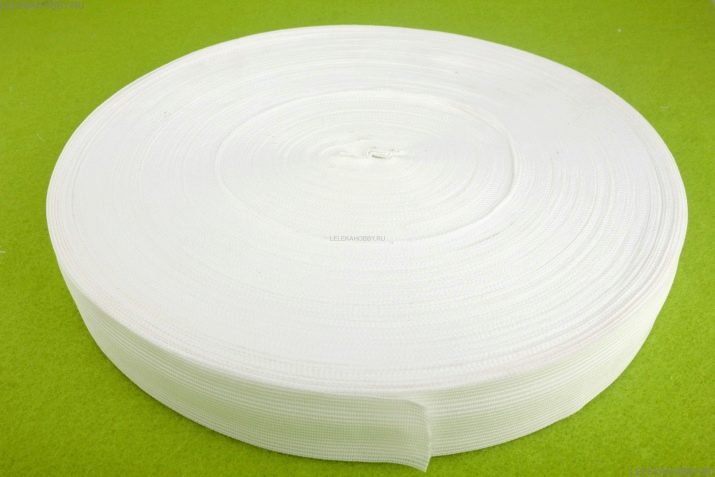
Scope of application
- For edging the edges of dense fabrics: corduroy, velvet, fleece, eco-leather.
- To prevent fabric shedding. This is especially true for materials such as tweed, jacquard, jeans, chiffon, linen, gabardine and organza.
- For edging the inside seams of unlined garments such as summer jackets. So the finished product will keep its shape.
- For closing neck seams and armholes on clothes.
- When sewing home textiles: tablecloths, curtains, bed linen, rugs and kitchen towels.
- To hide uneven edges and seam defects from prying eyes.
- For aesthetic purposes, to make the product more interesting.
- There is also a special decorative tape for finishing furniture, room pillows, curtains and lambrequins. It can be decorated with fringes, beads, embroidery, tassels and other elements. With the help of such a trimming tape, you can update the upholstery of, say, an armchair and add zest to the interior.
- Some types of textile tapes can be used for wallpaper - as a decorative border.
- It is very convenient to tie such a ribbon around gift boxes, forming voluminous bows from it, to decorate champagne bottles and wedding glasses.
- Thin stripes can be used for macrame.
- With the help of satin and satin ribbons, three-dimensional embroidery is done.
- From a synthetic elastic band, loops are created on clothes to hang the thing on a hook.
- These textile tapes often appear as labels, tags, or tags on clothing.
